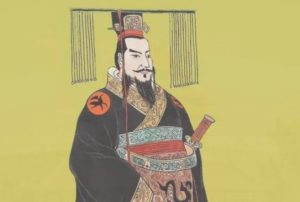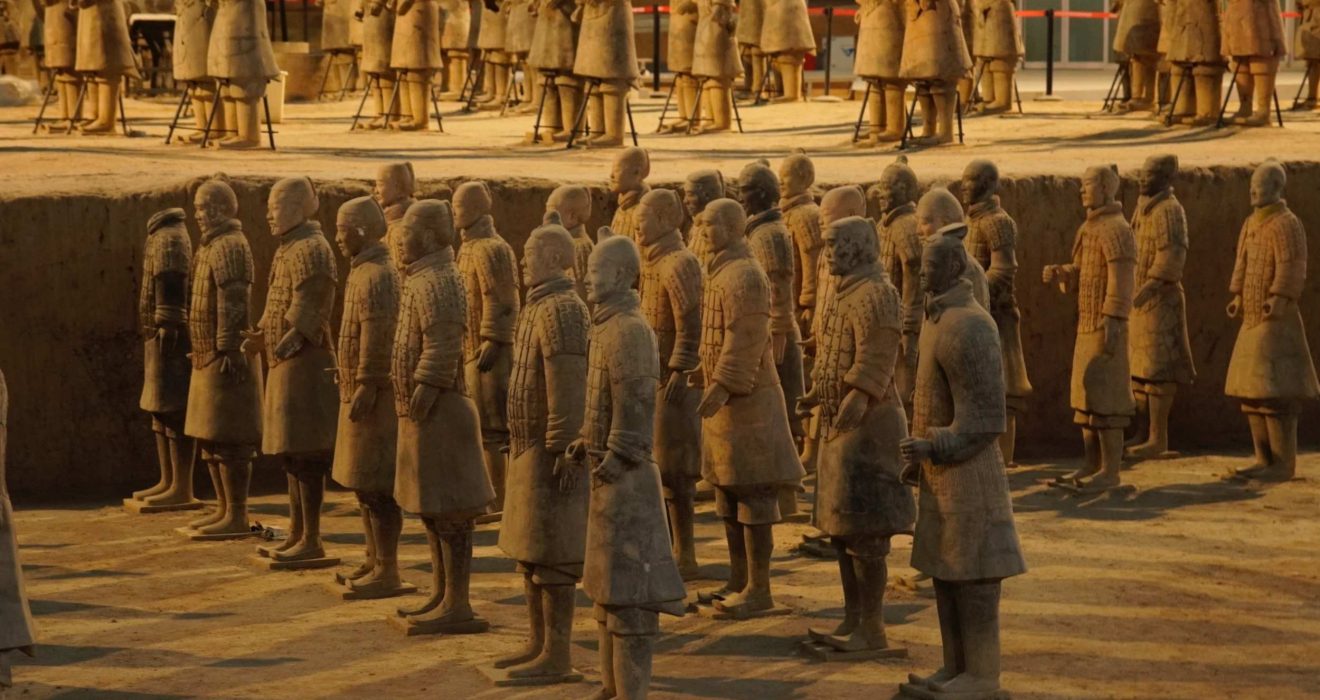When Terracotta Warriors were Built?
The Terracotta Warriors were built over 2,200 years ago. Most archaeologists date its construction from 247 BC or 246 BC to 208 BC. While some historians suggest that the construction might began around 221 BC continued until 209 BC. This ambitious project lasted nearly 40 years and aimed to create a vast army of life-sized figures to protect the emperor in the afterlife.
When the Terracotta Warriors Started to built?
Historical records indicate that Emperor Qin Shi Huang began building his mausoleum right after he became emperor in 247 BC. He was only 13 years old at the time. Many archaeologists believe the Terracotta Warriors was constructed alongside the mausoleum. They suggest that the construction started in 247 BC or 246 BC.

Different Timeline for When the Terracotta Warriors Started to built
Some archaeologists suggest a different timeline for building the Terracotta Army, from around 221 BC to 209 BC. They believe this construction took about ten years based on several pieces of evidence to approve.
- Bronze weapons found in the pits were dated to be produced no later than 228 BC, indicating they were placed in the pits afterward.
- Characters carved on ground tiles mainly represent organizations responsible for making bricks and pottery during the Qin Dynasty (221 -207 BC). These organizations were established after Qin Shi Huang unified China in 221 BC.
- The large amount of timber and labor used also supports this timeline. Over 8,000 cubic meters of timber and nearly 127,000 cubic meters of earth were excavated for construction.
- The peasant uprising began in 209 BC. Records show that workers building the mausoleum were sent to suppress this uprising, indicating that construction could not extend beyond this date.

When the Terracotta Warriors Completed Construction?
The construction was not finished when Qin Shi Huang passed away in 210 BC. His son, Hu Hai, continued the work for two more years. However, construction stopped in 208 BC due to a large peasant uprising that led to the fall of the Qin Empire. Evidence for this includes Pit 4 of the Terracotta Army, which is empty. Archaeologists suggest workers were sent to fight instead of completing the warriors for this pit.
Terracotta Warriors were built during the reign of Emperor Qin Shi Huang, starting around 247 BC and continuing for nearly 40 years. This remarkable project reflects the emperor’s desire for protection in the afterlife. Today, these ancient figures stand as a testament to China’s rich history and the incredible craftsmanship of the artisans who created them.


